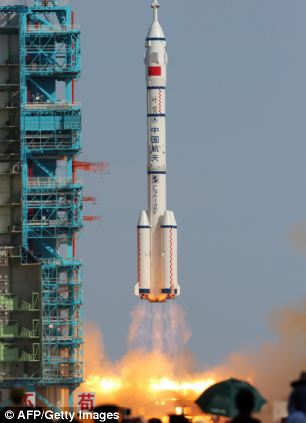By Raji Gururaj (NALSAR, Batch of 2018)
With the launch of a spacecraft to Mars, India has joined the league of a select few deep-space pioneers who have reached Mars. If Mangalyaan succeeds in its mission, the Mars Orbiter would make India the first Asian country to have launched an interplanetary orbiter. Only the former Soviet Space Program, NASA and the European Space Agency have achieved interplanetary missions. Japan and China are the other Asian countries that attempted Mars missions, but they resulted in failure.
The 44.4-metre tall spacecraft began its journey from the Satish Dhawan Space Centre in Sriharikota at 2:38 p.m. on November the 5th, 2013 with the project costing about Rs. 450 crores. The primary objective of the mission is to demonstrate India’s technological ability to send a craft to orbit Mars and conduct experiments such as looking for signs of life, taking pictures of the Red planet and studying Martian environment.
The primary objective of the mission is to demonstrate India’s technological ability to send a craft to orbit Mars and conduct experiments such as looking for signs of life, taking pictures of the Red planet and studying Martian environment.
The craft, named ‘Mangalyaan’, literally translates to ‘Mars Craft’ in Hindi. Mangalyaan’s journey is a long one – a 300-day, 780 million-kilometer journey to orbit Mars and survey its geology and atmosphere. Mangalyaan will also search Mars for methane, a key chemical in life processes on Earth that could also come from geological processes. The satellite will go around Earth for 20-25 days, and embark on a nine-month voyage to Mars, on December, the 1st. It is expected to reach the orbit of Mars on September, the 24th, 2014. The satellite carries instruments such as a Photometer, a Methane sensor, a composition analyser, a camera and an imaging spectrometer for studying the atmosphere, particle environment and surface imaging. Mangalyaan represents a great leap forward, in Indian space exploration. The craft’s orbit levels will be raised in six phases, after which it will be interjected into the Mars orbit. This essentially involves raising the speed of the craft progressively, reaching higher and higher orbital levels till it can finally escape the Earth’s gravity and move towards its destination.
After its launch, routine checks were carried out at the first orbit position and then the Mars-bound vehicle was progressively raised to an apogee of 71,636 km in three stages by using liquid propellant. There was a small holdup on November 10 when the elevation to above 1,00,000 km was attempted. This was however remedied through a supplementary firing on November 12. Two more elevations are planned before, on Dec 1, the orbiter is finally on its way to Mars.
Having been achieved at a mere cost of Rs. 450 crores (about $ 75 million), the mission has been lauded. Yet, several naysayers have criticised it as an unnecessary extravagance, and the money could have been better spent on alleviating poverty. The mission is also expected to trigger a ‘space race’ between neighbouring Asian countries, and other developing economies. Supporters counter that all Indians will ultimately benefit from the technological advances that space exploration could produce. Yet, India’s Mars Mission shows great economy. The amount is comparatively trifling, compared to those of the other nations, which have spent billions of dollars. The non-readiness of the larger GSLV forced India to use a light-lift, low-cost rocket such as the liquid-engine-powered PSLV for propulsion. As a result, the spacecraft will take over 20 days to get on to the path to Mars and require six orbit boosts whereas other Mars missions take just a day. As communication with the spacecraft takes 20 minutes each way, it has many components of in-built autonomy to correct itself. What is most appreciable, however, is that the ISRO has developed its own navigation software. NASA’s mission, MAVEN, is set to reach the Red Planet two days ahead of ours, and will take a close look at India’s mission, from about 50-75 kms. away.
The ISRO has indeed come a long way, having started off with a local church as its office and a cowshed as its laboratory.
Further Reading:
http://www.thehindu.com/sci-tech/science/mars-mission-is-a-month-away/article5118222.ece
http://www.firstpost.com/tech/why-the-outcry-over-isros-mars-mission-cost-is-stupid-1213307.html
http://www.thehindu.com/sci-tech/science/mangalyaan-a-steal-at-re4-per-person/article5347627.ece
http://world.time.com/2013/11/05/india-races-to-space-with-a-mission-to-mars/










Thank you Raji 🙂
For the article 🙂